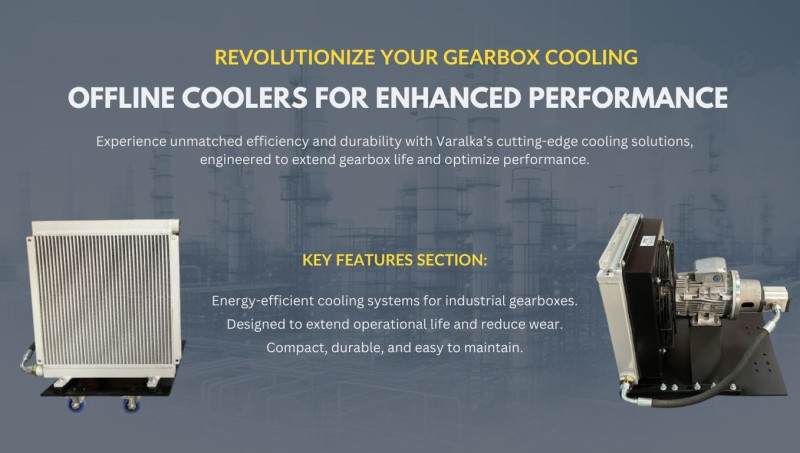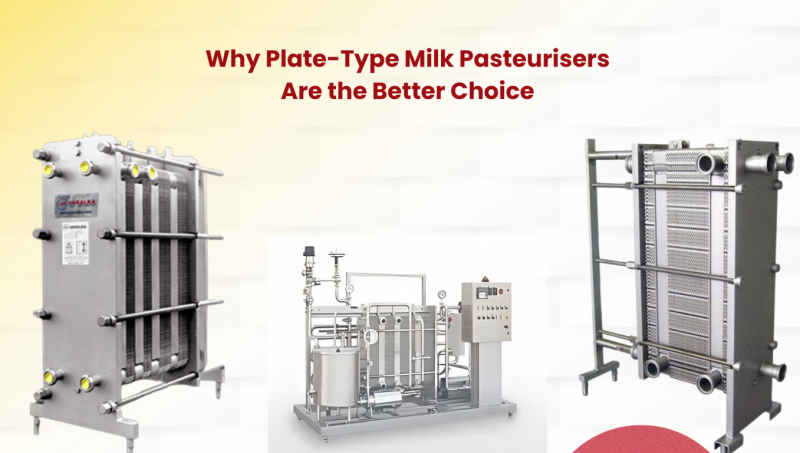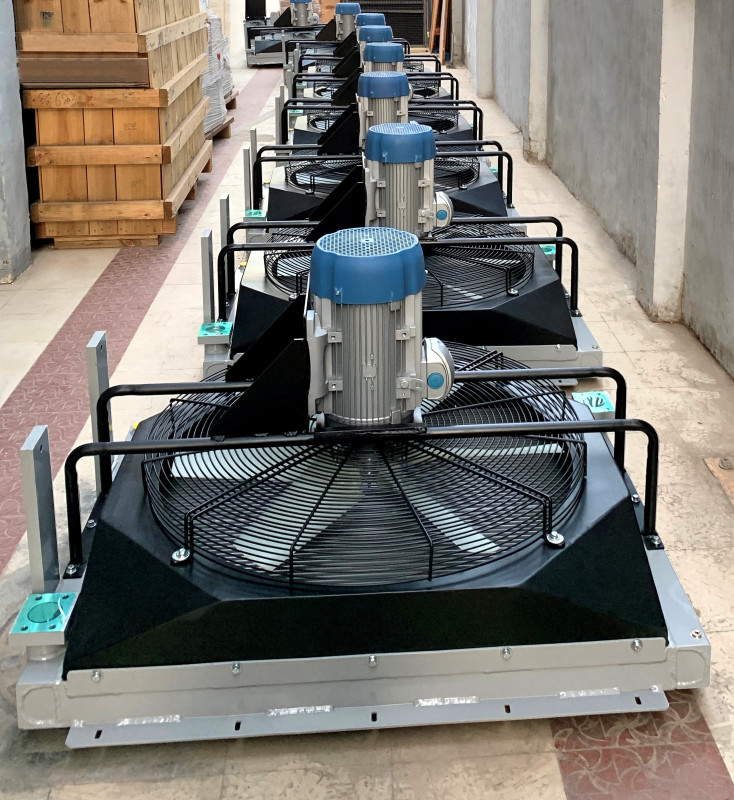There is the general perception that the effectiveness of any plate heat exchanger (PHE) is only dependent on qualities such as the build makeup, the materials used in development, maintenance routines and also the environment in which the heat exchanger operates in and in what conditions it operates on.










